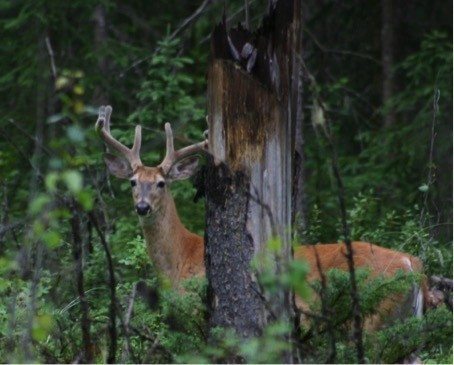Deer feeding puts birds at risk
Supplementary feeding of ungulates, still one of the main paradigms of game management in Europe, occurs in natural areas on an enormous scale. A new study found that deer feeding practices – reaching huge magnitude in some regions of central Europe – can have serious consequences for threatened bird species. The study led by Nuria Selva was carried out in the Polish Eastern Carpathians (Bieszczady).
Please also read: Is Feeding Bears A Solution Or A Curse For Human Conflict Situations?
Food supplementation has been widely used across the globe as a conservation and management tool, particularly for threatened species. Some examples include vulture restaurants, used for more than four decades in Africa, Europe, Asia and North America; winter hay feeding of European bison Bison bonasus since the 18th century, and then during the restoration of the species into the wild in the 50s or feeding programmes of trophic specialists, like the Spanish imperial eagle Aquila adalberti or the critically endangered Iberian lynx Lynx pardinus to compensate for the collapse of their main prey. The provision of food to facilitate wildlife observations as a touristic attraction is also increasing together with a rapidly growing ecotourism industry.
The study suggests that avoiding deer feeding sites in breeding areas of endangered species of ground-nesting birds may reduce the risk of nest predation and should be seriously considered. In addition, removing the food from feeding sites before the start of the bird breeding season, when predation is higher, seems also a sensible and prudent strategy. Besides feeding of ungulates, bird feeding can also negatively impact bird populations, read more here!









